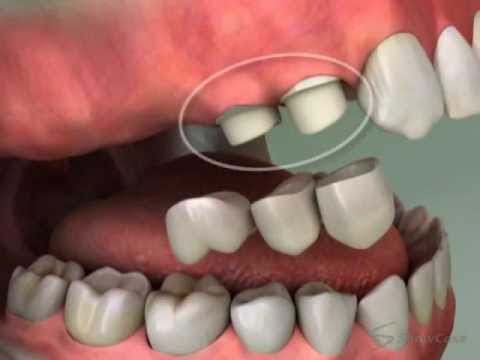Dental Implants: Fixing Failure For A Healthy Smile
The pursuit of a perfect smile is a quest many embark upon, and for some, dental implants are the solution. However, like any medical or dental procedure, dental implants can sometimes fail. The failure of a dental implant can be a daunting experience, especially after investing time, money, and emotional energy into achieving that flawless smile. But, understanding the reasons behind such failures and knowing the steps to address them can significantly mitigate the disappointment and pave the way for a successful retry.
Understanding Dental Implant Failure
Dental implant failure refers to the inability of the implant to integrate properly with the bone or to function as intended, necessitating its removal or replacement. This can happen due to a variety of reasons, including but not limited to, inadequate bone density, poor oral hygiene, excessive smoking, and implant misalignment. It’s crucial to approach each case with a thorough analysis to identify the underlying cause of the failure.
Causes of Dental Implant Failure
Inadequate Bone Density: One of the primary reasons for dental implant failure is the lack of sufficient bone to support the implant. The jawbone needs to be thick and dense enough to hold the implant in place securely.
Poor Oral Hygiene: Just like natural teeth, dental implants require regular cleaning and check-ups to prevent the buildup of bacteria. Failure to maintain good oral hygiene can lead to infections that may cause the implant to fail.
Smoking: Smoking is a significant risk factor for dental implant failure. It hampers the healing process, reduces blood flow to the gums, and increases the risk of implant rejection.
Implant Misalignment: If the implant is not placed correctly, it can lead to uneven distribution of force, causing the implant to fail over time.
Overloading: Premature loading of the implant, or putting too much force on it before it has fully integrated with the bone, can also lead to failure.
Addressing Dental Implant Failure
Fixing dental implant failure involves a comprehensive approach, considering the patient’s overall health, the condition of the oral cavity, and the specific reasons for the failure.
Re-evaluation and Planning
The first step towards fixing a failed dental implant is a thorough re-evaluation. This includes assessing the patient’s bone health, gums, and overall oral condition. Advanced imaging techniques like 3D scans may be used to get a detailed view of the jawbone and surrounding structures.
Bone Grafting
If the initial failure was due to inadequate bone density, bone grafting may be necessary before placing a new implant. This involves taking a piece of bone from another part of the body or using a synthetic bone substitute and grafting it onto the jawbone. The grafted bone then needs time to integrate and become strong enough to support an implant.
Implant Replacement
Once the underlying issues are addressed, a new implant can be placed. The procedure is similar to the initial implant placement but may involve more precise planning and execution to avoid previous mistakes.
Post-operative Care
Following the replacement, meticulous post-operative care is crucial. This includes a strict oral hygiene regimen, follow-up appointments, and avoiding certain foods and activities that could jeopardize the healing process.
###FAQs
What are the signs of dental implant failure?
+Signs of dental implant failure can include pain, swelling, or infection around the implant site, mobility of the implant, or a change in the implant's position. Early detection is key to addressing the issue effectively.
Can dental implant failure be prevented?
+While not all failures can be prevented, maintaining good oral hygiene, avoiding smoking, and ensuring regular dental check-ups can significantly reduce the risk of implant failure. Choosing an experienced dentist and following post-operative instructions carefully are also crucial.
How long does it take to recover from dental implant replacement?
+The recovery time for dental implant replacement can vary depending on the individual and the complexity of the procedure. Generally, it can take a few months for the bone to heal and integrate with the new implant. Full recovery, including the placement of the final crown, can take up to 6-9 months.
Conclusion
Dental implant failure, though disappointing, is not the end of the journey towards achieving a perfect smile. With a thorough understanding of the reasons behind the failure and a well-planned approach to addressing these issues, it’s possible to successfully retry and enjoy the benefits of a dental implant. The key lies in patience, meticulous care, and working with experienced dental professionals who can guide the process with expertise and compassion.


